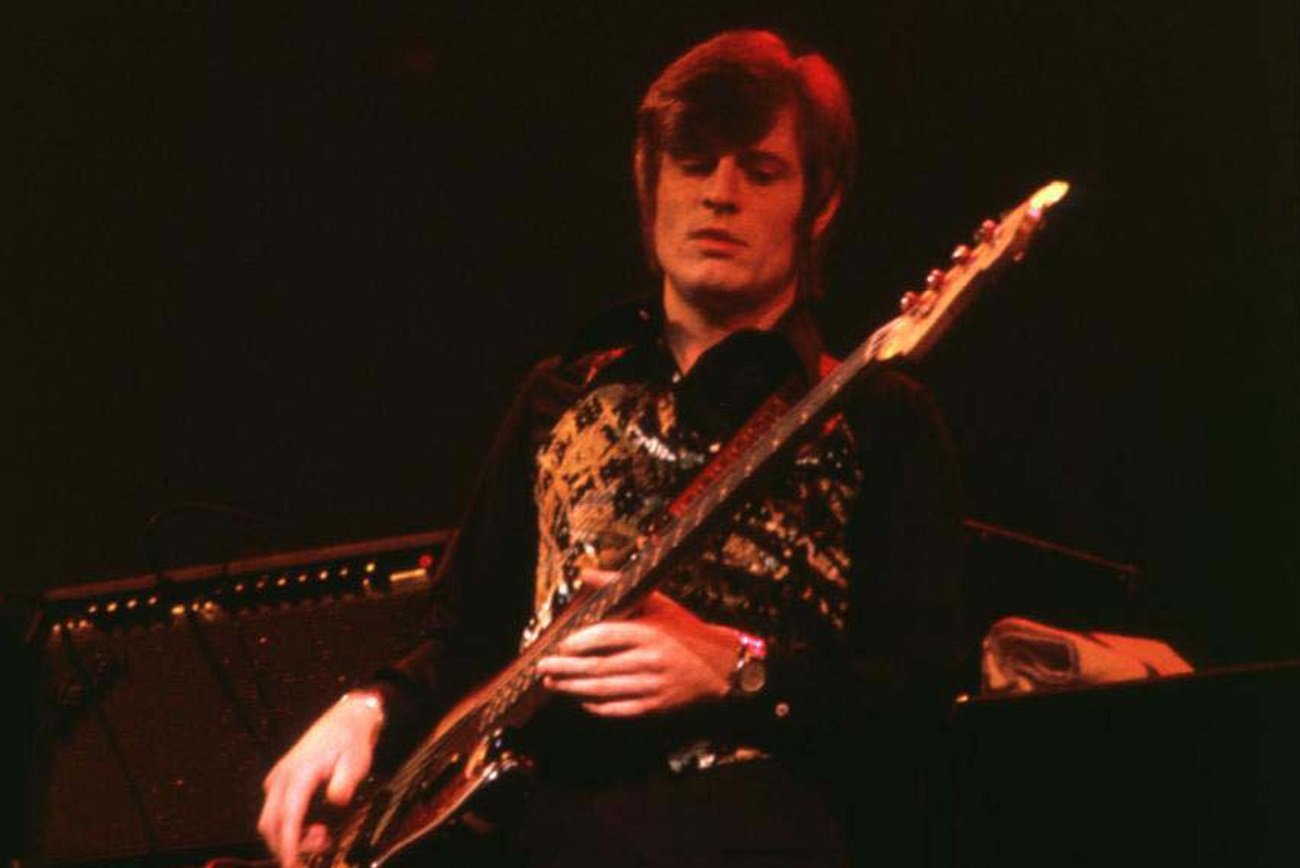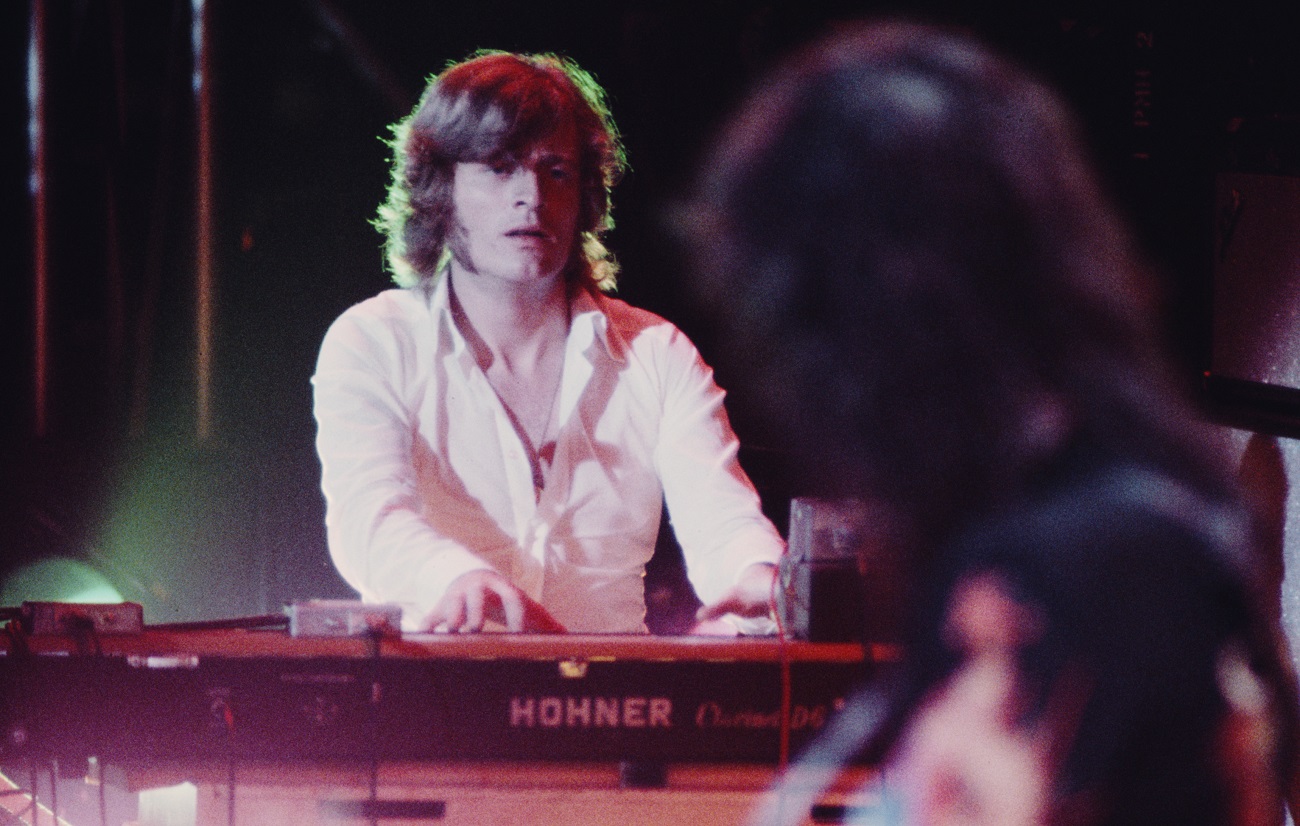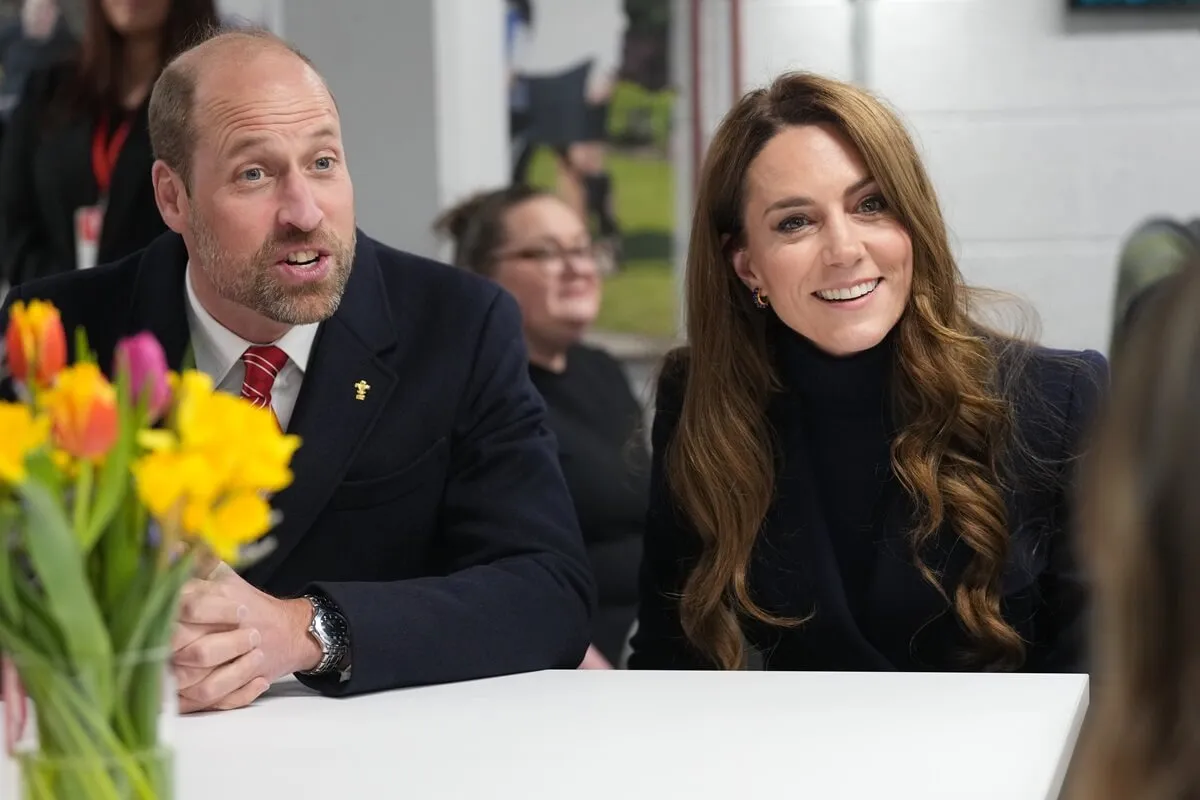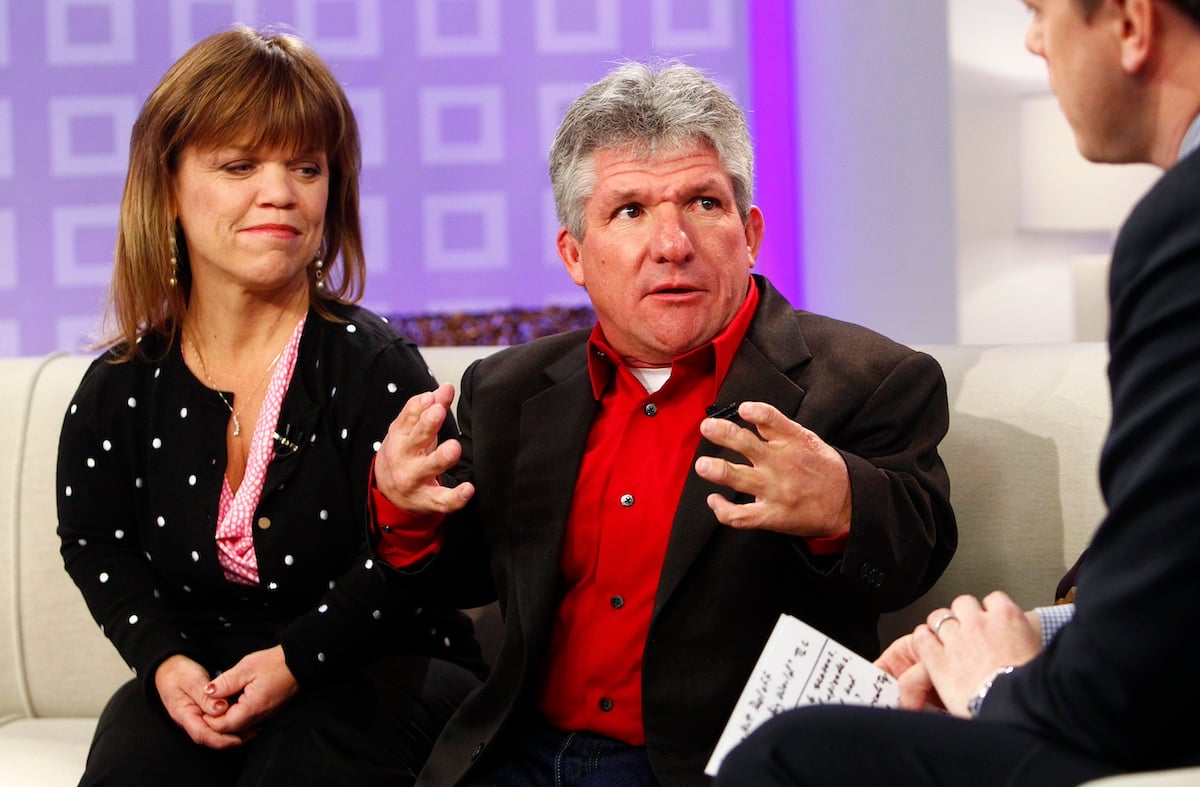John Paul Jones’ Finest Led Zeppelin Moment Remains Hard to Pin Down
When you have a band as famous and beloved as Led Zeppelin, you’re going to find yourself getting into “best of” debates. Can you pick a best Zeppelin song? That’s a tough one. (Robert Plant once called “Kashmir” the definitive Zep track, for reference.)
At some point, you’re going to wade into considerations of the best Jimmy Page guitar solo. And while Page gets a lot of votes for “Stairway to Heaven,” you’ll hear plenty going with “Achilles Last Stand” or “Heartbreaker.” There’s a lot of contenders.
The same goes for John Bonham’s drum work. If you want a kitchen-sink type of track, you might vote for “Fool in the Rain.” Or maybe you’d go with the unadulterated swagger of his “When the Levee Breaks” beat.
Picking John Paul Jones’ finest Zeppelin moment represents another tough call. On top of Jones’ bass and keyboard work, you have to consider his “Black Dog” riff and the rest of his songwriting and arranging. So you probably should stick to the bass and keys.
John Paul Jones’ work on ‘Ramble On’ was a highlight of his Led Zeppelin bass playing

It isn’t easy to narrow down the best Jones bass parts on Zep’s eight studio albums. Right from “Good Times Bad Times,” Jones made it clear that the band had three virtuoso musicians on board. And he does it again several times before the close of side 1.
On Led Zeppelin II, Jones comes through with one of his finest bass lines on “Ramble On.” After Page opens with the main acoustic riff, Jones establishes a swinging countermelody on his jazz bass. Once the band breaks into the refrain, Jones picks up the pace with a killer, fast-paced riff.
Bonham leaves him plenty of space in the refrain, and when the band returns to the verse you realize the lead part on the track basically belongs to Jones. That changes after the second refrain, when Page adds an electric guitar part that duels Jones’ bass. But the bass player’s already made his statement.
There are plenty of other picks you could go with in the Zep catalog (see: “Dazed and Confused”), but I’ll point to “The Song Remains the Same,” another one on which Jones’ bass seems like the solo instrument. Even when Page is busy with complex guitar figures, Jones finds incredible space to groove.
Jones’ keyboard parts on ‘Trampled Under Foot’ and ‘No Quarter’ rank among his best

While Plant doesn’t get enough credit for his harmonica work, you could argue Jones’ keyboard work on Zep albums is even more underappreciated. Sure, Page and Bonham gave people plenty to talk about, but Jones puts on impressive displays on keys on every album besides Presence (1976).
On Physical Graffiti (1975), Jones drives “Trampled Under Foot” with his snarling Clavinet riff. It’s a relentless line (inspired by Stevie Wonder’s “Superstition”), and with Bonham on drums (plus Jones on bass) it sounds more like a locomotive than the car/woman Plant is describing.
At 2:06, Jones takes a pulsing Clavinet solo (backed by Page’s guitar effects). Led Zeppelin loved playing this track live, and it’s a showcase for the entire band, but that goes double for Jones, who goes off here.
On “No Quarter,” Jones’ highlighted fantasy-sequence track on The Song Remains the Same, Jones has the floor mostly to himself. This time, he takes listeners on a dark, dream-like tour on his electric piano. It ranks among the better Houses of the Holy tracks and it’s certainly one of his finest Zep moments on keys.


